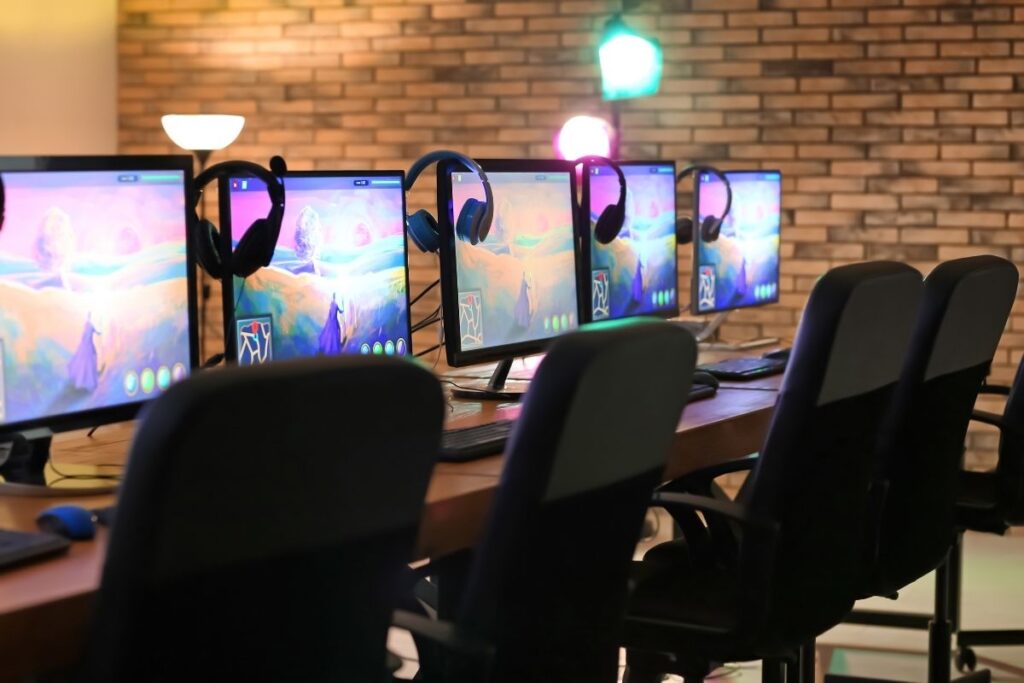“What is a game?” This is the first question Jessica Hammer asks in her game design class.
Pure definitional questions are not actually that interesting for either game research or game design. “The way I try to help my students think about what games are is that there are different lenses or different frames for defining what is or isn’t a game, and you can pick one or a subset of lenses to talk about games with when you are either designing or studying games,” says Hammer.
Typically, Hammer will start by teaching her students about three different frames of how you can look at what a game is. One of these frames is formal. What are some of the characteristics of an artifact that make it a game, whether or not it’s being played, totally in the abstract?
The second is thinking about it aesthetically. Do people feel playful when they’re playing? What is the experience of play? People will play things that are not games, and people will play games in ways that are not playful.
If you think about professional baseball players, are they feeling super playful when they’re playing the seventh game of the World Series? Probably not.
But we still recognize baseball as a game. So these are two different lenses that can get us to different answers about whether something is a game even when we’re looking at the same experience and trying to analyze it.
The third is thinking about what we culturally understand as a game. There are some agreements as a culture about what a game is.
“When I talk about games, I always say, OK, tell me some games you play. People almost never talk about sports because the word ‘game’,“ says Hammer.
If you asked someone “Is sports a game?”, the answer would be “Yes, of course sports are games.”
However, if you asked someone if they played games, they don’t always think of sports or gambling or other kinds of activities that by both formal and aesthetic experiences would certainly fall into the category of games.
Looking at these cultural understandings explicitly is a third way to ask the question of “what is a game” and come up with an answer that is interesting.
As a game designer, someone can’t tell you what the right frame is for your work. But as current-and-future game designers, you are going to have to come up with a frame for your work that you find productive for making incredible experiences for players.
Think about what something being a game means to you, and worry less about some kind of categorical definition that you might spit back on an exam. Because in the real world of games, nobody cares.




